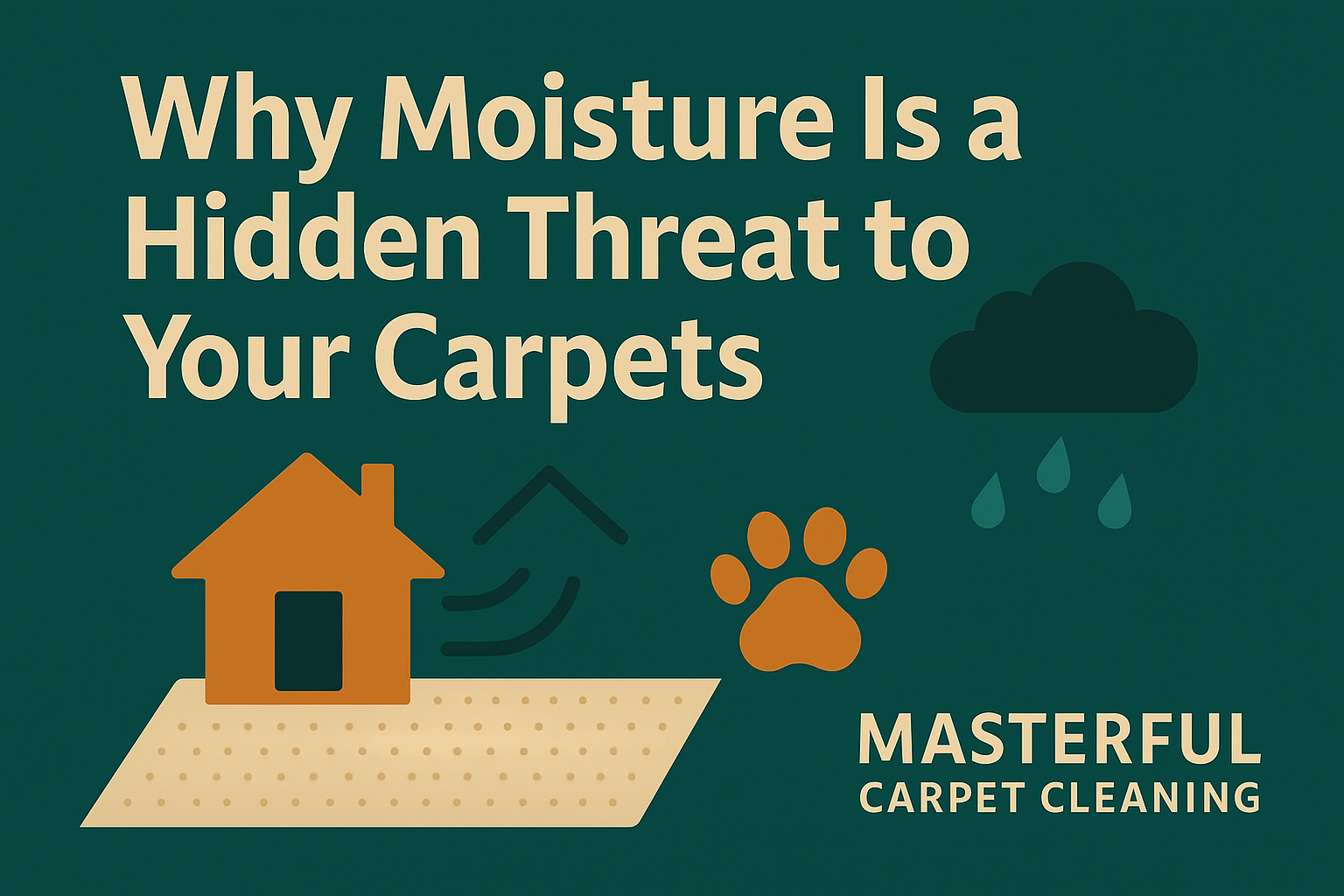The Best Repair Techniques for Mending Carpet Tears

Carpet tears, resulting from pets, spills, heavy foot traffic, furniture, and more, can be unsightly and problematic.
This article is dedicated to guiding homeowners through the best techniques for repairing carpet tears, offering solutions to restore the comfort and aesthetics of their living spaces.
Assessing the Damage
Start by thoroughly inspecting the damaged area to determine the nature and extent of the carpet tear.
- Frays: Carpet damage that involves the untwisting or separation of the carpet fibers, often due to consistent foot traffic or pet claws.
- Holes: Visible punctures in the carpet which may require patching or re-weaving, particularly when caused by furniture or pet accidents.
- Burns: Carpet damage characterized by scorched or melted fibers, necessitating techniques like trimming or patching depending on the burn’s size.
- Split Seams: Occurs when the joined edges of carpet sections come apart, which can be re-sealed with carpet tape or adhesive.
- Crushing and Matting: The compression of carpet fibers under weight, leading to a flattened appearance, often rectified with re-fluffing techniques.
- Filtration Soiling: Lines of accumulated dirt at the edges of a room or under doorways, often requiring professional cleaning for removal.
By applying these assessment techniques, you can accurately categorize the damage and proceed with the most effective repair strategy.
Gathering Necessary Tools and Materials
- Utility Knife: A sharp utility knife is indispensable for precise cuts on the damaged carpet area and the donor piece, ensuring the patch fits perfectly.
- Carpet Adhesive: Opt for a high-quality carpet adhesive to firmly secure the patch in place, which is critical for a lasting repair.
- Measuring Tape: Accurately measure the area in need of repair with a tape measure, a step that cannot be overlooked for a seamless patch.
- Carpet Seam Roller: Use a carpet seam roller to blend the patch edges with the existing carpet, eliminating any visible seams.
- Heavy-Duty Tape: Heavy-duty tape can temporarily secure the patch, especially useful when aligning it before permanent attachment.
- Scissors: Scissors are necessary for trimming excess fibers and achieving a clean edge around the repair site.
- Gorilla Glue or Carpet Patch Adhesive: A small tube of Gorilla glue or similar adhesive is recommended for its precision and ease of application.
- Pliers and Knee Kicker (optional): Pliers may be needed to pull up the carpet near the tack strip, and a knee kicker can assist in stretching the carpet if necessary.
Repair Techniques for Minor Tears
When repairing minor carpet tears, start by selecting a thread or yarn that closely matches your carpet. Using a curved upholstery needle, perform invisible stitching to mend the tear discreetly.
- Sewing Method: Gently weave the needle through the carpet backing on either side of the tear, then pull tight to conjoin the edges. Knot securely and trim the thread ends.
- Weaving Technique: Weaving involves hand-working new fibers into the damaged section, re-creating the carpet’s original texture and appearance. It’s an art that requires skill to make the repair undetectable.
- Invisible Stitching: This is a meticulous sewing method where stitches are camouflaged within the carpet pile, making the repair imperceptible. This method maintains the integrity and look of the carpet, with stitch tension matching that of the surrounding area.
Each of these techniques aims to restore the carpet’s aesthetic while ensuring durability. The proper execution of these techniques can significantly extend the life of your carpet and maintain its original appearance.
Handling Larger Rips and Significant Damage
- Patching: The process of placing a new piece of carpet, known as a donor piece, over a damaged area to restore the appearance and functionality of the carpet.
- Donor Piece: A section of carpeting that matches the original in color, texture, and pile direction, used to replace a damaged section of the carpet.
Repairing larger rips requires precision and careful alignment of the carpet’s pile to ensure a seamless finish. Here are the steps to properly handle significant carpet damage:
Measuring:
- Measure the size of the damaged area using a measuring tape to determine the exact size needed for the donor piece.
Cutting:
- With a utility knife, cut out the damaged section of the carpet. Use a permanent marker to outline the area if necessary for precision.
- Cut a corresponding piece from the donor carpet. It’s essential that the donor piece is slightly larger than the damaged area to allow for precise fitting.
Adhering:
- Apply carpet adhesive to the back of the donor piece. Ensure the adhesive is spread evenly before placing it onto the damaged area.
Finishing:
- Press the donor piece firmly onto the damaged area. Use a seam roller to integrate the patch smoothly with the surrounding carpet, blending the fibers to make the repair less visible.
Special Repair Considerations
In handling special cases, it is important to assess the extent of the damage and choose the repair technique that will be most effective and provide the most seamless repair possible.
- Bleached or Sun-Damaged Carpet: For small affected areas, patching is the most cost-effective method. If there are larger or multiple damaged areas, dyeing the carpet might be a better solution to restore the color.
- Carpet Water Damage: The repair approach for water damage can vary from simple cleaning and pad replacement to extensive services like deodorizing or stretching, depending on the type of water and extent of the damage.
- Pet Damage Carpet Repair: Pets can cause various types of damage, including rips, tears, and odors. A range of solutions from cleaning and deodorizing to patching and stretching may be required to restore the carpet.
- Burns: Small burns might be repairable with re-tufting or patching, depending on the extent of the damage. For larger burns, a patch made from a donor piece of carpet can replace the burnt section.
When to Seek Professional Help
Irreparable Damage for DIY efforts refers to damage that is too complex or extensive to fix without professional skills, tools, or knowledge. This includes persistent stains, burns, or tears that compromise the carpet’s structural integrity and cannot be effectively concealed or repaired with DIY methods.
- Instruction: Examine the extent of carpet damage to decide if professional help is required. Look for extensive damage, signs of wear beyond surface-level fixes, or if specialized tools are needed for repair.
Maintenance Tip
Selecting the right repair technique is essential for the carpet’s longevity and appearance. Properly executed repairs can rejuvenate a carpet and extend its lifespan, preserving both its functionality and aesthetic appeal.
Preventative Measures and Prompt Repairs:
Consistent maintenance and immediate action on initial damage can prevent minor carpet issues from escalating. Use protective measures such as mats in high-traffic areas, regularly adjust furniture to distribute wear, and promptly address any signs of damage to sustain your carpet’s pristine condition.
Frequently Asked Questions
How can I extend the life of my carpet and avoid frequent repairs?
Regular vacuuming, immediate cleaning of spills, and using entrance mats can significantly extend the life of your carpet and minimize the need for repairs.
Why should I rearrange my furniture periodically?
Rearranging furniture helps prevent constant pressure on the same areas of your carpet, reducing wear and the need for repairs.
Is there a connection between my pets’ nails and the condition of my carpet?
Absolutely, sharp pet nails can snag and tear carpet fibers, leading to damage that may require repairs.
Do entrance mats help in reducing carpet damage?
Entrance mats trap dirt and moisture from shoes, significantly reducing carpet wear and the need for repairs.
Can getting my carpet professionally cleaned prevent damage?
Professional cleaning removes deep-seated dirt and tough stains, preserving your carpet’s condition and reducing the need for repairs.
Why do I need carpet adhesive for repairs?
Carpet adhesive secures patches during repairs, ensuring the repair is durable and blends seamlessly with your carpet.
How does understanding the direction of my carpet’s fibers help with repairs?
Aligning patches with the carpet’s fiber direction makes repairs less noticeable, maintaining your carpet’s aesthetic.
Can using furniture padding protect my carpet?
Furniture padding distributes weight evenly, preventing indentations and reducing the likelihood of damage needing repair.
Author
-

As the Co-Owner of Masterful, Randy has been providing quality cleaning services to the Salem and Portland areas of Oregon for many years. He has built a reputation for excellence in the industry. His team take prides in using the latest cleaning techniques and technologies to deliver exceptional results every time.
View all posts











